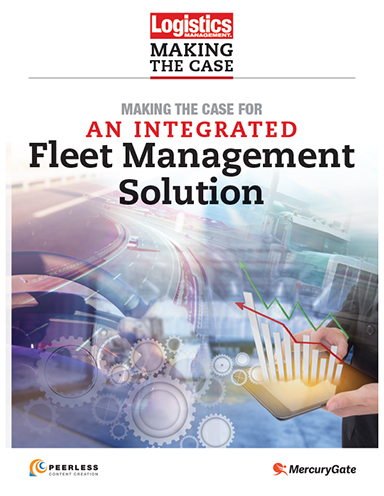Fleet Management Pressures Demand Unified View of Data
To cope with increased regulatory and business complexity, companies need a better, more complete handle on driver and asset information—or risk paying stiff fines.
Managing a trucking fleet has never been easy. There is equipment to maintain, drivers to manage, and regulations to meet—and that is before you get to the challenges of route planning and scheduling.
Today, these challenges are becoming more demanding, with more data to manage about asset maintenance, driver hours and availability, and regulatory compliance. Trying to coordinate these processes with disconnected systems is an all too common experience, explains Adrian Gonzalez, president of Adelante SCM, a supply chain and logistics analyst firm.
“The name of the game is to utilize your assets as efficiently as possible, which requires a holistic view of information,” says Gonzalez.
“There’s a recognition that you need to take into consideration data about your drivers and their availability, about maintenance and the status and position of all of your assets, and to be able to do that concurrently while you’re putting together your operational plans.”
Historically, adds Gonzalez, data about topics like driver training and certifications, or fleet maintenance, were kept in spreadsheets or solutions for niche purposes like trailer pool tracking separate from the transportation management system (TMS) used to plan operations. This has led to disconnected processes in which a plan might fail to take into account a constraint like whether the driver for a route has the proper training, has time off scheduled, or whether the truck’s maintenance is up to date.
“The overarching need is to bring all these informational components into a solution versus being done offline or in a spreadsheet,” says Gonzalez.
The trends in the trucking industry are only increasing the need for a unified view of information on operations, fleet assets, and driver resources. With a growing economy, the need to move freight by truck is expanding.
According to the American Trucking Associations (ATA), U.S. freight volume will grow by 2.8 percent in 2017, and should expand 3.4 percent annually through 2023.
At the same time, companies are dealing with growth concerns, they’re adapting to ever-changing and often cumbersome industry regulations. According to annual research by the American Transportation Research Institute (ATRI) on the “Top 10” issues facing drivers and carriers, “the cumulative economic impact of trucking regulations” became a Top 5 issue for both drivers and carriers this past year. For carriers, it ranked third in importance, while for drivers, it ranked fourth.
What’s Related
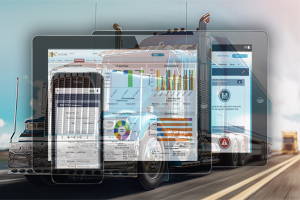
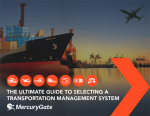
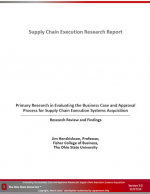
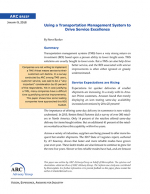
Favorites





